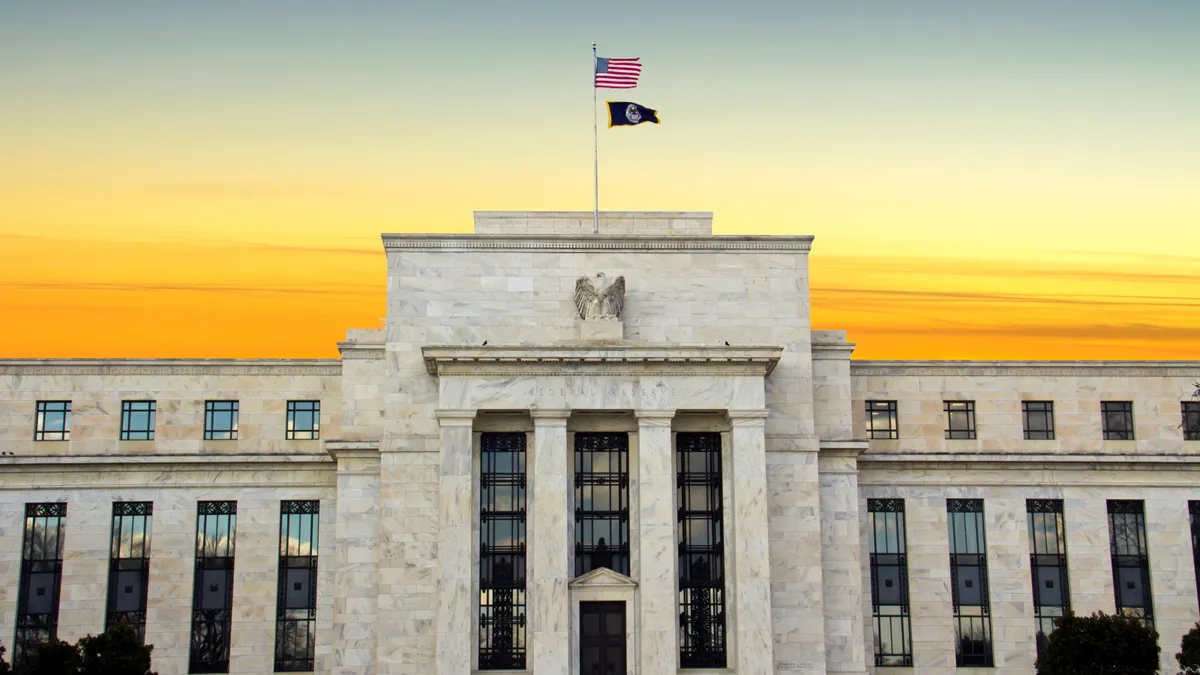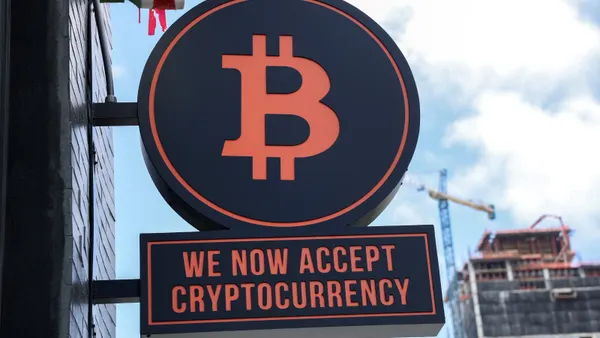Dive Brief:
- FedNow raised the transaction limit for real-time payments to $1 million on Tuesday, from $500,000, the Federal Reserve said in a website post.
- The Fed has also added new security features, enabling financial firms to limit the dollar amount and transaction speed depending on the customer segment. Banks can now customize how much money their long-standing business customers or individual account holders can send instantly through the network, the Fed said.
- “These new value-added features offer FedNow participants more options to customize their instant payments profile, adding to the suite of available tools that allow financial institutions to tailor activity according to risk management needs and customer activity,” Mark Gould, chief payments executive for Federal Reserve Financial Services, said in the post.
Dive Insight:
The Federal Reserve stuck with a prior February plan to raise the limit for FedNow’s real-time transactions and allow banks to set parameters on different customer segments.
The agency made the move to make its instant-payment service more appealing to banks. “Feedback from the industry has been invaluable, and we intend to remain agile and responsive to new and changing customer needs as instant payments grow and mature,” Gould said in a Fed’s statement.
Since its launch two years ago, FedNow’s growth has continued apace. It has added roughly 1,400 banks and credit unions to its network across the country, according to the update this week, up from about 1,300 earlier this year.
The bulk (95%) of financial institutions on the FedNow network are community banks and credit unions, the Fed’s Tuesday post said. The central bank launched the network in July 2023, partly to cater to smaller financial institutions that had been less interested in joining the private rival RTP network run by their big bank rivals through The Clearing House.
Both systems have had difficulty luring financial institutions to adopt capabilities for sending payments, as well as receiving payments because the former are perceived as more risky. Indeed, fraud prevention remains a significant hurdle in spurring adoption and use of instant payments in the U.S.
Of payment processors and bank technology companies surveyed last year about real-time payments by the U.S. Faster Payments Council about 75% predicted U.S. financial institutions will be able to receive real-time payments by 2028, but they expect only about 35% will be able to send instant payments by that year. One reason for the lag cited by the respondents is concerns about fraud threats, the report noted.
As the Fed races to sign up more banks and credit unions for its real-time payments network, The Clearing House has also seen an uptick in use as well. The RTP network’s payment volume surged 38% in 2024 compared to the year prior.













